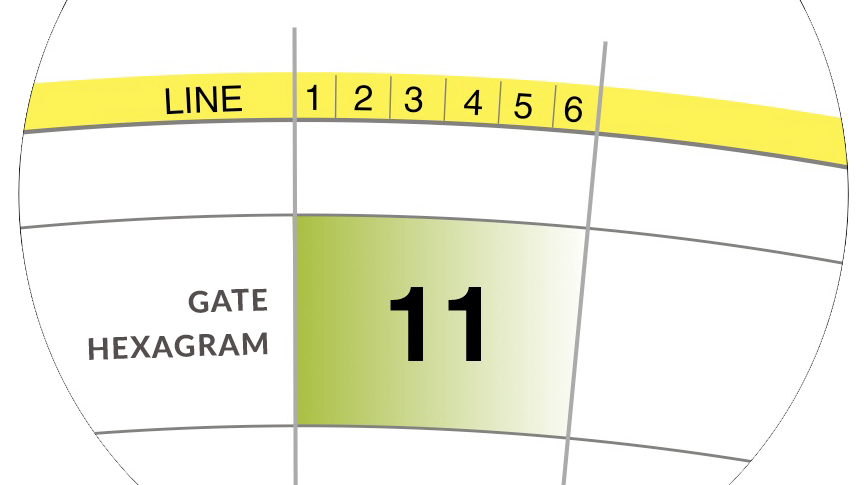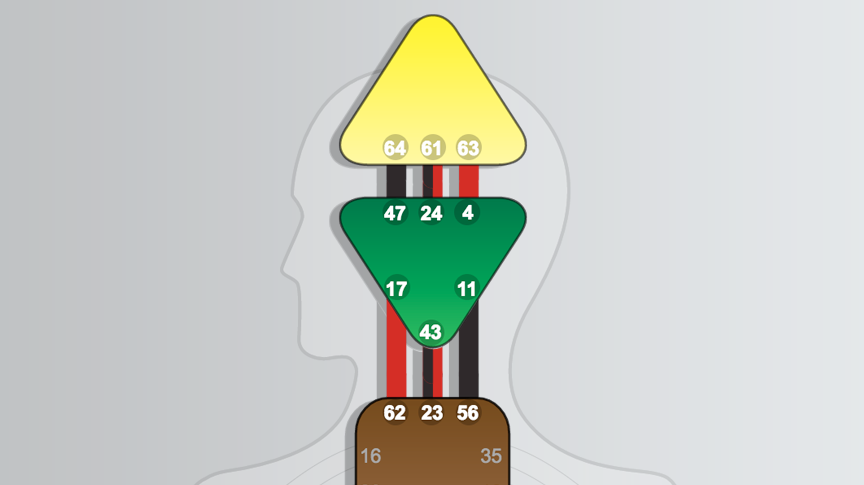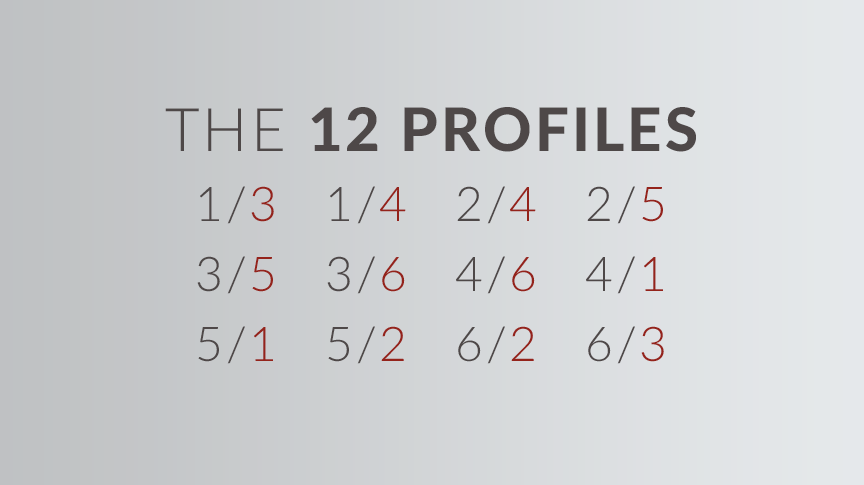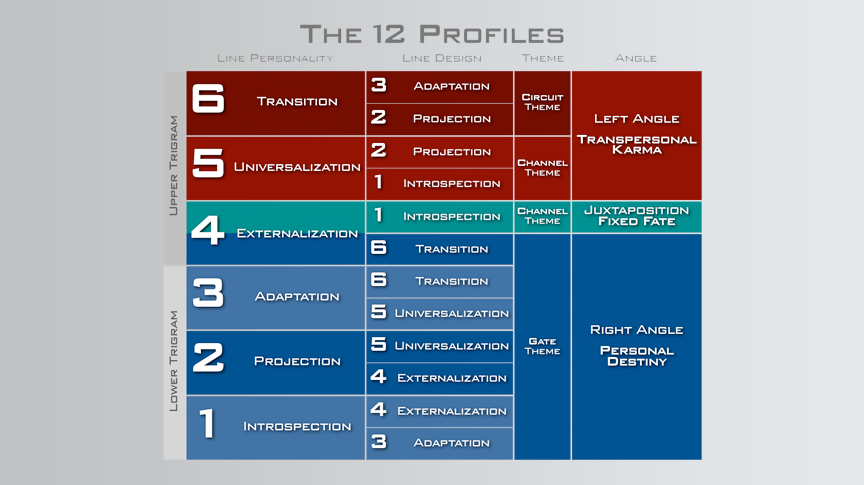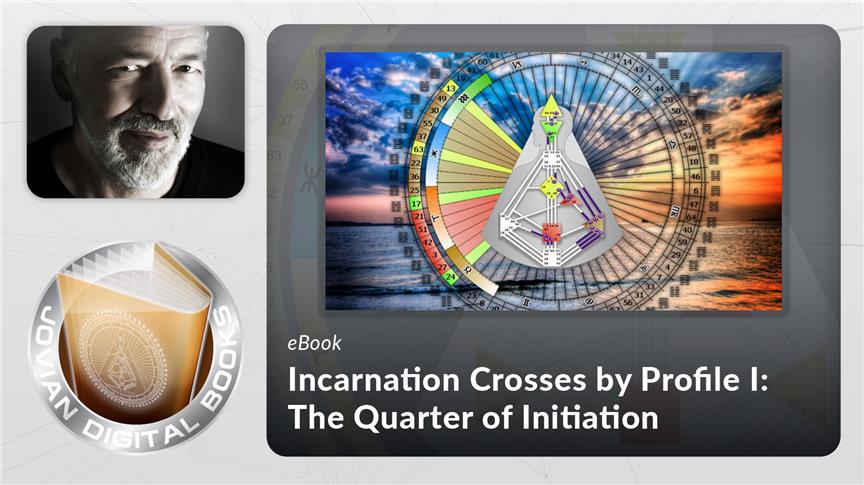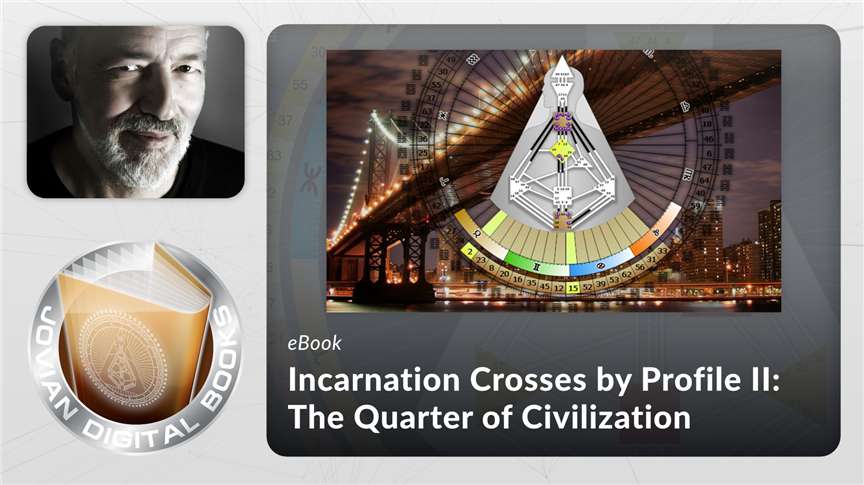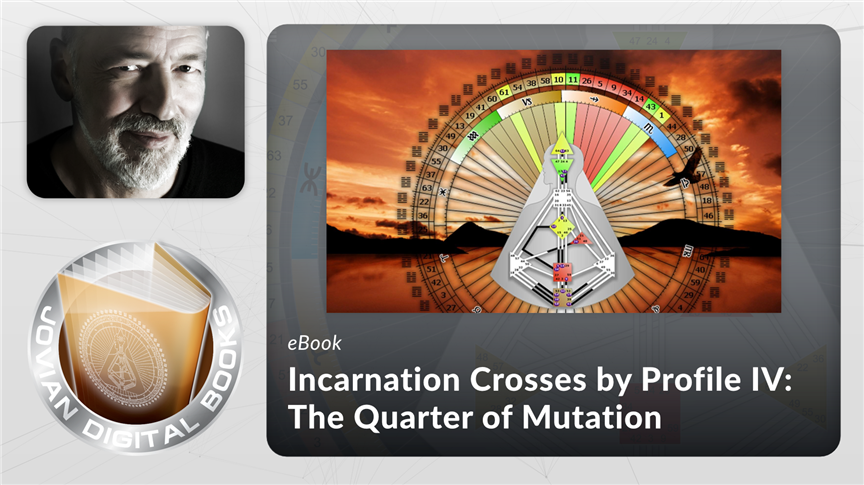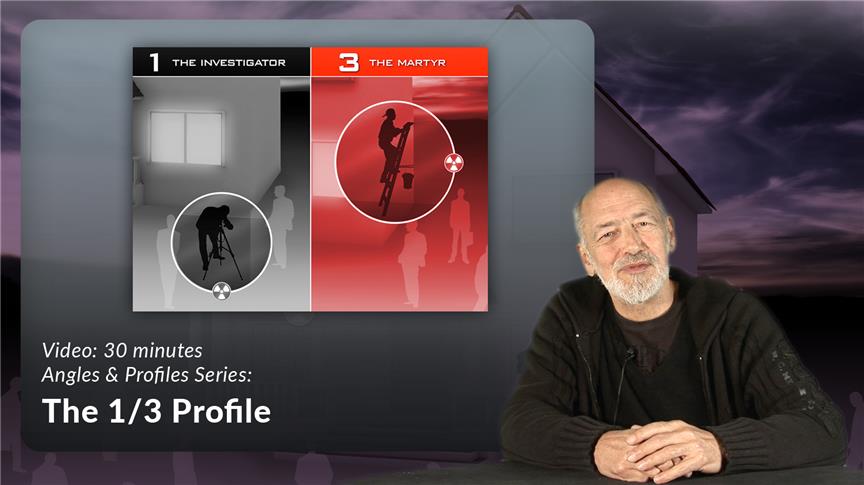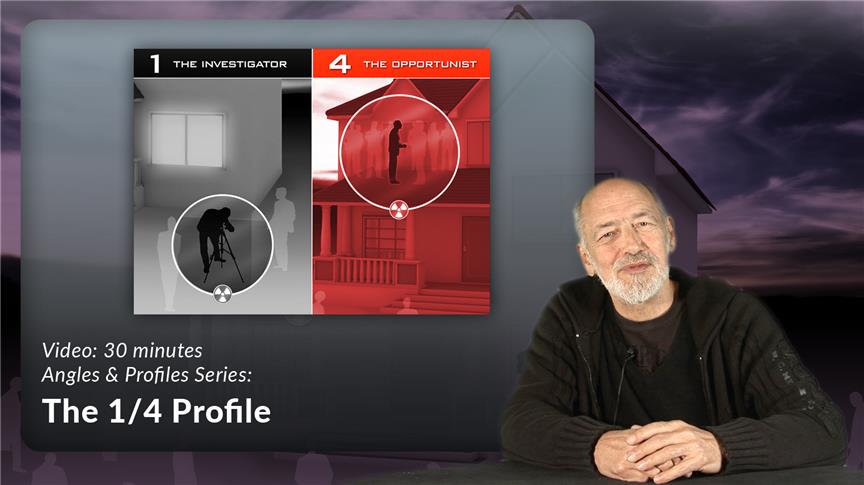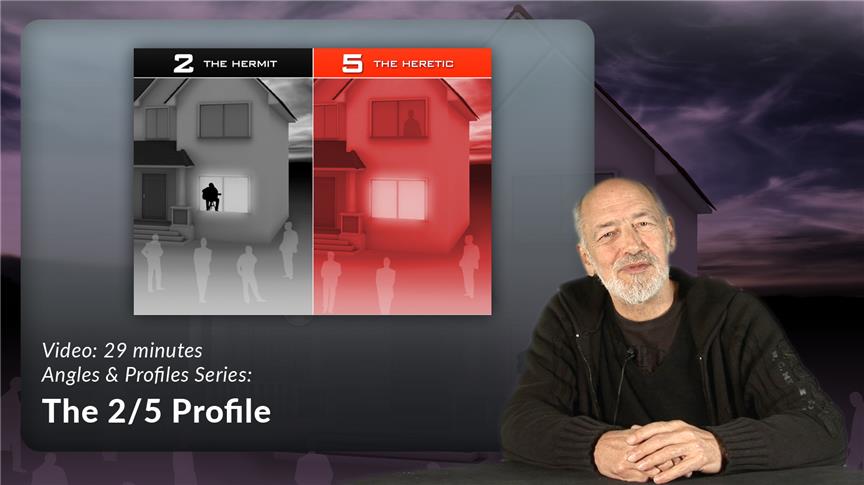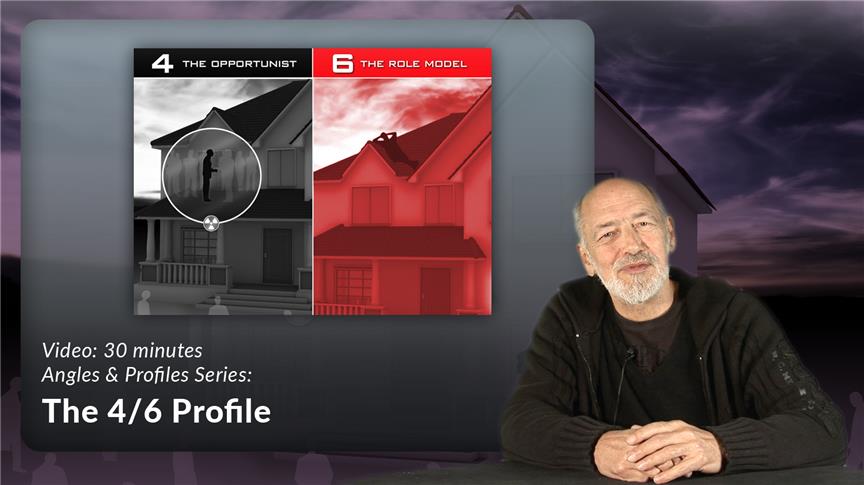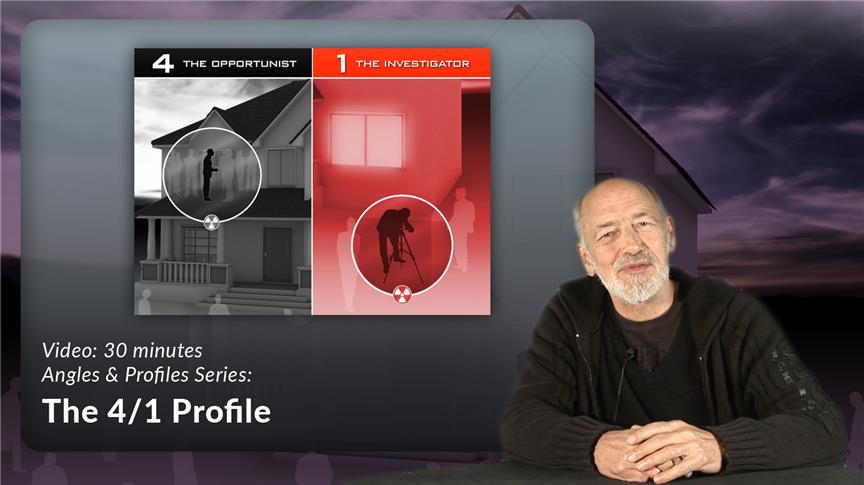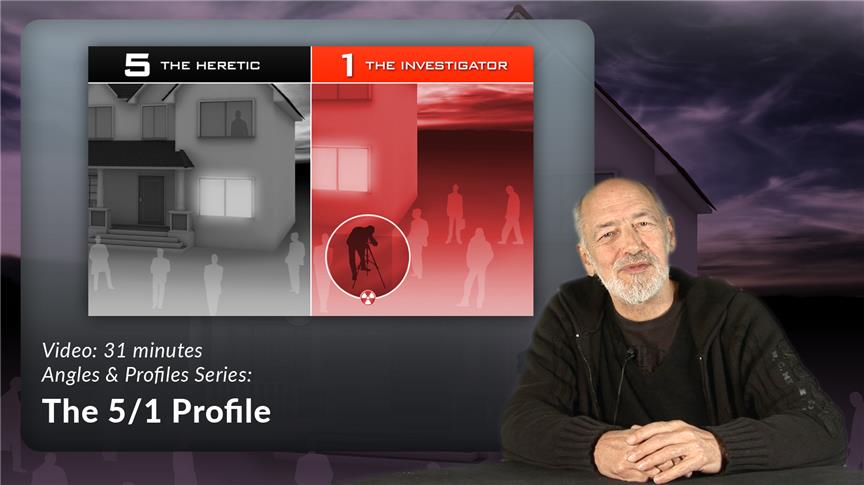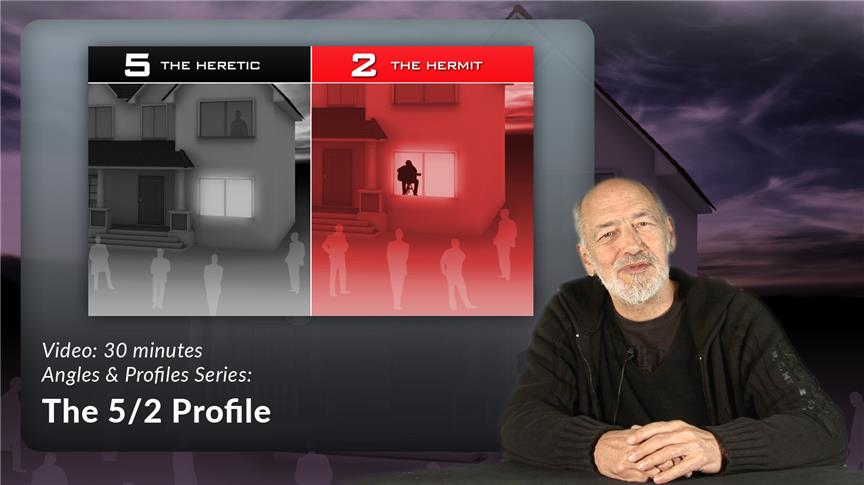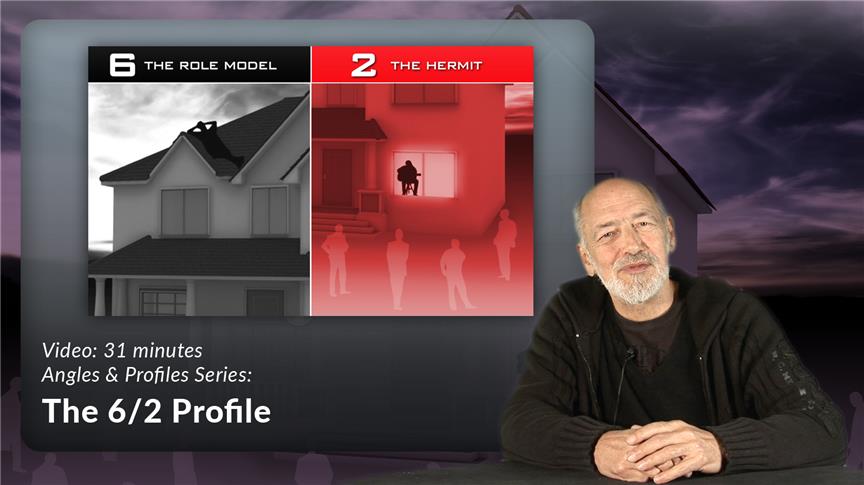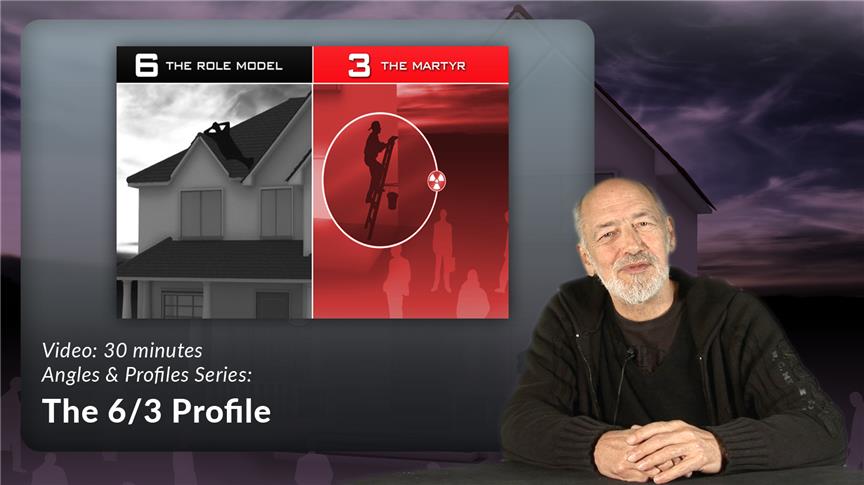The Hexagram, Profiles, and Harmonies
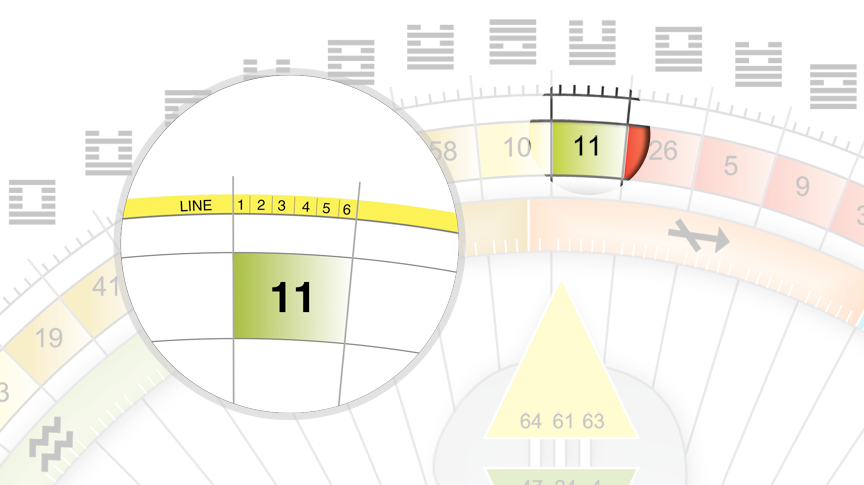
Today I want to focus on the nature of the Hexagram, the structure of the Hexagram and the Lines. This is an extraordinary key into being able to begin the simple process of analysis.
One of the most important things we discover with our design after we find out what our Type is and what our Strategy is, is that we begin to look at the framework upon which it is based. In that, we come to the Profile.
Profile
Profile is very important for us. There are two basic things that we are dealing with in our design. One is our characteristics and the other is our role. The characteristics are the various aspects of our design that we have to deal with: Centers that are open, the not-self Strategy that arises from them, the quality of definition we have, the authority that is there for us, the Type that we have.

In other words, our characteristics are about coming to grips with that to be correct in our process we need to be able to follow our Strategy, honor the authority of our Strategy. Then the characteristics no longer get in the way. For most human beings, the not-self, the characteristics are everything. It is the conditioning that determines the quality of the life. It is the conditioning that brings on the pain, the confusion and the lack of recognition of self in the life.
The other aspect is role, and role is derived from the Profile. Now, the Profile is very important. But the Profile is based on understanding the values in the Lines. Your Profile is actually the position of your two binaries: the Sun/Earth of the personality and the Sun/Earth of the design. Because they are opposite each other they always have exactly the same position.
So when we’re looking at the personality or the design, we get to see the Line that is being activated. That is, your Sun and your Earth of your personality are activating the same Line in opposite Hexagrams.
But it’s the Line that gives us our Profile value. If you’re new to Human Design you have seen that there are a number of different Profiles, there are 12 of them. Those 12 Profiles are based on the Line of the personality Sun/Earth and the Line of the design Sun/Earth. We always read the personality Line first.
So we begin, for example, with the first Profile, which is a 1/3. That is the Sun/Earth will be in a first Line, the personality Sun/Earth, and the design Sun/Earth will be in a third Line. This is a 1/3 Profile. You can always see this at the top of your chart by looking at the Lines, not the Hexagrams, but the Lines of your personality Sun/Earth or your design Sun/Earth.
Now, the role of Profile is very significant in life, because the moment that you’re operating correctly is the moment that you begin to experience the correctness of your role. But in order to understand what that means, and in order to understand the role that is there in others, you need to understand the structure of the Hexagram.
The Hexagram
The Hexagram—the hex means six—the Hexagram is made up of six Lines. Now those Lines are either solid, yang, or broken, yin. Those six Lines are always read from the bottom up. That’s very important. In other words, the first Line of a Hexagram is the bottom of the structure, it is the foundation.

Out of that you can interpret that the values of all first Lines, regardless of where they are in the wheel, regardless of what Hexagram they are associated with, that all first Lines are going to act as a foundation. They are the basis upon which a Hexagram is built.
As you move upwards—first, second, third Line—you come to what is called a trigram. That is, the Hexagram is divided into two equal parts. There is a lower trigram, and that’s the first, second and third Lines. And there is an upper trigram, that is the fourth, fifth and sixth Lines. Now, it’s very important to remember that the Hexagram is divided into two. It’s important because there are special relationships that exist between the lower trigram and the upper trigram.
Harmonies
These relationships are called harmonies. So for example, the first Line of the lower trigram is the first Line of the Hexagram, and it is the foundation. Imagine if you will that the Hexagram is basically a two-story house. What you’re looking at in the lower trigram is the main floor. In the upper trigram you’re looking at the upper floor.

Now, think about that first Line of the lower trigram. That is, it would represent the floor or the foundation of the house itself. But when you go to the second floor of the house, that second floor is another foundation. It’s just another foundation further removed along the structure. So there is a basic relationship between the first Line, which is the floor of the first level, and the fourth Line, which is the floor of the second level. Between the first Line and the fourth Line we say there is a harmony.
The same harmony exists between the second Line and the fifth Line. It is interesting that the second Line and the fifth Line are both Lines that deal with projection as themes. The second Line on the ground floor is where everyone can look in and see you. And the fifth Line on the second floor is looking out and seeing the other.
When we come to the completion of the levels we come to the third Line, that is the completion of a lower trigram, and the sixth Line, which is the completion of the upper trigram and the completion of the structure of the Hexagram itself.
So when you’re looking at the Hexagram to begin with, you have to see very clearly that there is a basic structure. And in that basic structure the values of each Line are essential to understand. Now, it doesn’t require an enormous amount of study.
One of the advantages of Human Design is the nature of its language and the ability to be able to understand basic concepts through very simple keynoting. So for example, in design analysis when we’re looking at Hexagram structure we say that the first Line is a Line of introspection. In other words, this is the foundation, this is a need to look inward, this is a need to study, and it goes on and on, a need for security - all of the things that are related to this first Line theme of foundation.
The Rave I’Ching
In looking at the Lines, in understanding how they operate within the Hexagram, in understanding the relationship in values, in other words, what each Line represents, this is not simply a breakthrough in being able to look at your role and to understand the dynamics, the general dynamics in the roles of others. But for those of you who really want to explore deeply into the knowledge, it gives you access to the Rave I’Ching.
The Rave I’Ching is not a textbook. It was written outside of Frankfurt, Germany in a small village called Frankfurt am Berg in 1989. It is as much poetry as anything, as the traditional I’Ching was.
For many people, particularly those of you who need the Rave I’Ching in translation, it is exceedingly difficult at times to really grasp the intent, the meaning, the value of certain Lines. The Lines themselves as poetic expressions in the Rave I’Ching carry allusions to both contemporary culture and to historical references. And so often for students, particularly new students entering into the study of Human Design, being able to grasp the I’Ching seems daunting.
And yet, there is a key. And it is this same key. In understanding the structure of the Hexagram, the ability to understand the nature of a Line, that the moment that the nature of that Line is placed into context with the way in which it’s described in the Rave I’Ching opens the door to a profound insight into what is really being expressed in that Line. In other words, it is a key to interpreting the Rave I’Ching.
Over the years in my work teaching professionals in Human Design, I have stressed many times that once you really grasp the structure of the Hexagram and you understand the dynamics of the gates within the graph, that you’re quite capable of writing your own I’Ching. You see, it’s simply based on the same solid logical foundation. So the process, the real process, of beginning to grasp how you can look at a chart and understand the basic principles in that chart, one of the key elements is the structure of the Hexagram.

Ra Uru Hu was the Human Design System’s founder and messenger. Ra dedicated 25 years of his life to the development and teaching of the System around the world until he passed away in 2011.

new to Human Design?
Download our free ebook: “Discover Your Design” to find out more about Human Design and what it can do for you. With this quick guide you will:
-
Discover the 3 Steps to Transformation
-
Learn practical Strategies for Decision-Making
-
Explore a new path to Self-Discovery


 Relationships
Relationships Audios
Audios  Videos
Videos eBooks
eBooks Software
Software Special Offers
Special Offers Gift Cards
Gift Cards
